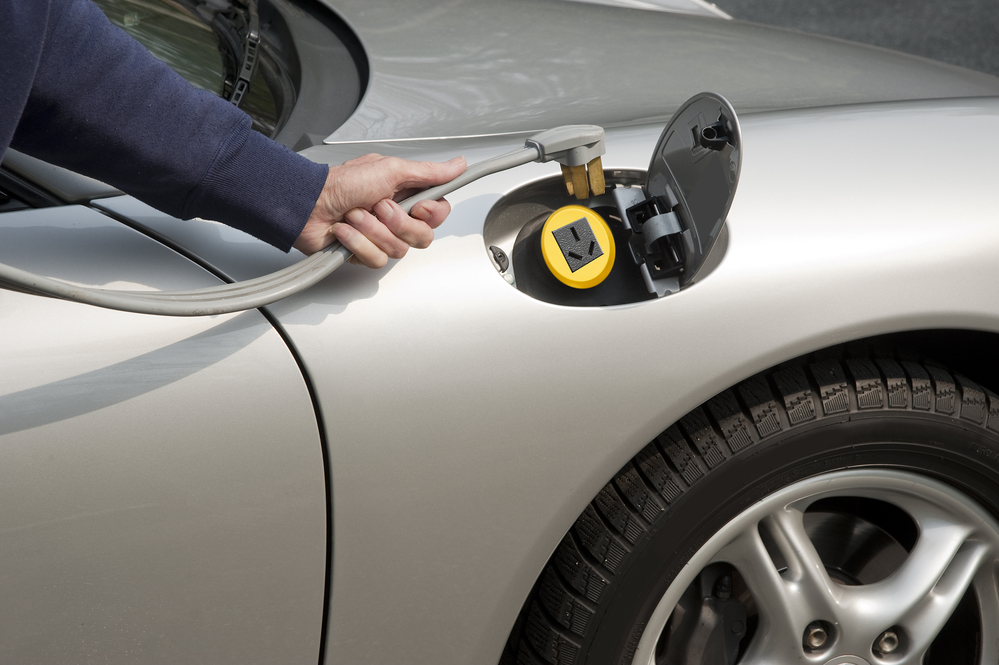One In Six Vehicles Will Need to be Electric by 2020

A few countries have actually sanctioned strict efficiency norms in any case, generally, they have not gone out to obliged automakers to offer electric autos.
In the U.S., just California has a zero-emissions vehicle law that puts such a prerequisite on carmakers.
However even without such formal orders, automakers may soon be compelled to legitimately offer extensive quantities of electric cars just to meet the new efficiency rules.
That is the decision of a study distributed this June by the World Energy Council (WEC), which contends that automakers will require a considerable amount of electric automobiles for the foreseeable future.
Among the major the focuses in the full study is a forecast, prediction if you will that approximately 16 percent of vehicles sold in 2020 will must be electric, keeping in mind the end goal to meet new emissions guidelines.
The study is focused on how to lower emissions standards for the U.S., China, and the Europe Union—the world’s three biggest auto markets, with all the expected mileage upgrades that can be accomplished with traditional internal combustion engines alone.
By the WEC’s estimation, we could see huge volumes of electric vehicle sales. It can be be expected that this will plug an “EV Gap” between new mileage targets and the changes that can be practically anticipated and achieved from traditional interior ignition motors.

In the U.S., it means 0.9 million autos, or 11 percent of assessed 2020 new-auto sales must adhere to such laws.
For China, the hole is 5.3 million autos, (22 percent of 2020 sales), while in the European Union it is pegged at 1.4 million (10 percent of sales). However, significantly increasing electric-car sales will not be easy, as electric-car adoption is still hampered by consumer concern over cost and range anxiety, the study notes.
The WEC suggests expanded “motivator” programs as an approach to produce more electric-auto sales and buyer incentives.
It has been predicted that yearly expanded power demands from new electric vehicles will be equal to or below 0.5 percent of aggregate 2014 power demands in the three markets examined by the study.
By 2020, every one of the three markets should add some additional manufacturing sectors to handle bigger volumes of electric vehicles, also indicated by the study.
It says electric vehicles will soon require an extra 4.5 terawatt hours in the U.S., 3.7 TWh in the EU, and 26.2 TWh in China. That is referring to power and efficiency in the cars.
The most uplifting news from the report is that such an expansion in electric-vehicle selection would raise worldwide power use by only a half percent. The less positive news is that US, Europe, and China would all need to manufacture extra power-producing sources in order to mind the end goal: meeting that 16-percent figure for electric-vehicle sales.

To put that all these rates and science talk into perspective, Navigant Research a year ago said Americans will purchase 7.4 million “module light-utility vehicles” somewhere around 2015 and 2024, An average of about 740,000 a year. A year ago, Americans purchased around 17.5 million vehicles, showing that even Navigant’s hopeful gauge would leave the US well shy of that 11 percent of new-vehicle sales even while incorporating module based hybrids.













Alex has worked in the automotive service industry for over 20 years. After graduating from one of the country’s top technical schools, he worked as a technician achieving a Master Technician certification. He also has experience as a service advisor and service manager. Read more about Alex.